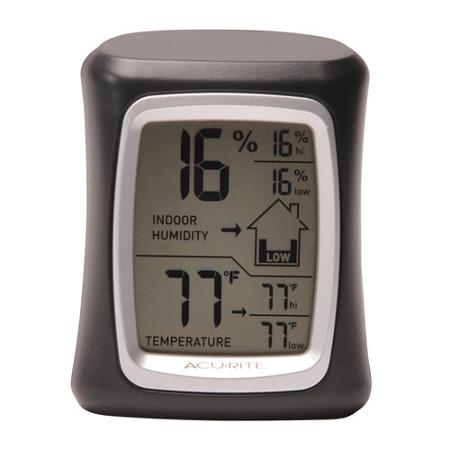If you’re battling a severe flea infestation inside your home, you should take a step back to analyze your home’s humidity levels. It’s a little-known fact that fleas prefer humid environments in which to reproduce; therefore, lowing the humidity of your home will discourage these blood-sucking parasites from staying here. This doesn’t necessarily mean that it will solve your instantly solve your flea problem, but it’s certainly a step in the right direction.
There are literally thousands of different flea species roaming Earth, the two most common being the cat flea (Ctenocephalides felis) are dog flea (Ctenocephalides canis). Regardless of which species is infesting your home, however, you can send them heading in the opposite direction by regulating the humidity. Humidity is defined as water vapor in the air. Even if you can’t see it, there’s water floating all around us in the form of humidity. Lowering the humidity levels in your home will deter these blood-sucking parasites from residing here while giving you back control of your home.
So, what’s the appropriate humidity levels to ward off fleas? According to a study conducted by the University of Texas A&M, the ideal humidity level necessary to ward off fleas is 50% or lower. “Relative humidity less than 50 percent or soil temperature higher than 95 degrees F kills flea larvae. Moist, shaded spots near pet resting areas are the places to find fleas. Indoors, flea larvae are usually found under furniture and in pet bedding. The pupa is the transition stage between the larva and adult,” wrote researchers from the Texas A&M University Department of Entomology.
Some regions have year-round climates that fall well below the 50% relative humidity range. Assuming you live in one of these regions, you shouldn’t need to take any additional action to discourage fleas from staying in your home. Then again, however, fleas shouldn’t be in your home in the first place if the humidity is believe 50%. But if you live in a region where the humidity is higher than 50%, you’ll need to take a few additional steps to deter these blood-sucking parasites.
The easiest way to lower the humidity in a home is by using a dehumidifier. These small, box-shape devices are designed to extract moisture from the air, either transporting it to a nearby drain or storing it in a collection tank.
Have you experienced success fighting fleas with humidity control? Let us know in the comments section below!

